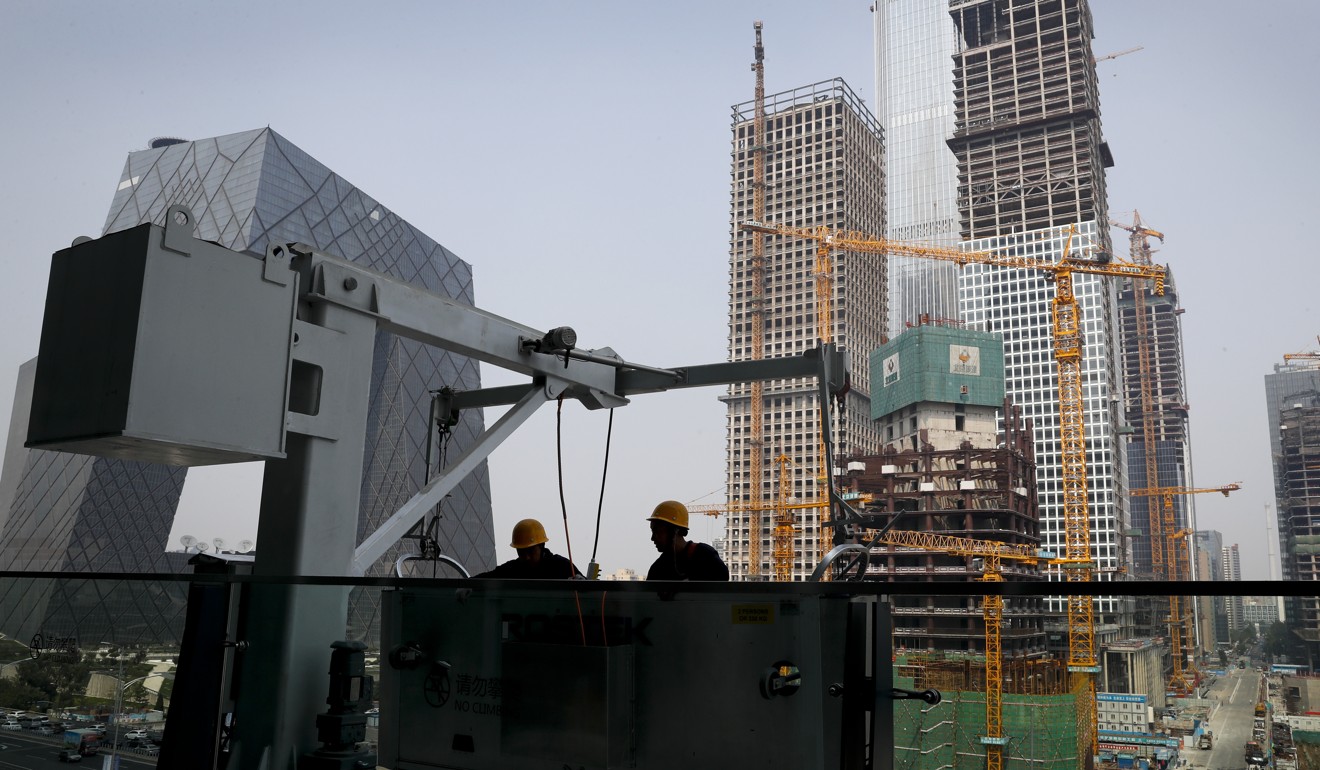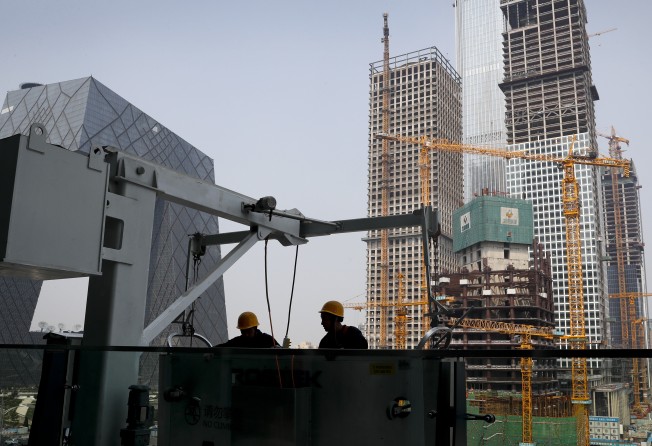
China’s 28tr yuan of wealth management products under mounting stress in second half, analysts say
Rules intended to clamp down on shadow banking are likely to result in rising defaults among wealth management products, raising concerns whether banks will guarantee the investments

Wealth management products in China used to be a magical option for investors. They offered high yields and never failed as the banks that sold the products would stand behind them, even if they soured.
Tighter regulations and pressure on banks mean that this is likely to change in the second half, at least for the banks that have bought into products issued by other financial institutions, analysts say.
“Banks usually assume their investments in other banks’ non-principal guaranteed wealth management products (WMPs) are risk-free, based on some informal agreements provided by seller banks. However, disputes will arise if these WMPs fail to achieve expected returns because of recent regulatory and market changes, and the seller banks refuse to acknowledge the informal agreement,” said David Yin, greater China head of debt capital markets at Moody’s Investors Service.
“If, for example, a WMP is going to mature, and suddenly the seller bank says that we didn’t issue this WMP,who would be responsible in such a situation?” Yin said.
As regulators look to tighten controls around shadow banking, defaults are becoming more likely, while embattled mid-cap banks are less willing to take the loss themselves than they were in the past.
Of course, there is no real reason why they ought to.
“Clearly banks should not be responsible for non-guaranteed WMPs,” said Chen Shujin, chief financial analyst at Huatai Financial.

Nonetheless, an average of 3,700 WMPs were issued each week in the first half of 2016, but only one product issued by a domestic bank reported any form of loss, according to calculations by Fitch.
The ratings agency noted in a report at the end of last year that “this loss ratio appears unusually low”.
Since then default rates have ticked up. In one case earlier this year WMPs sold at a branch of Minsheng Bank were found not to exist.
WMPs issued by Chinese banks have a variety of investors. Approximately half are individuals, a fifth other banks, with the remainder made up of institutional investors and private banks, according to data from the China Banking Regulatory Commission.
The number of banks investing in other banks’ WMPs has increased significantly in recent years. In 2014, banks made up just 3.3 per cent of investors in WMPs issued by Chinese banks.
For investors, the products offer higher rates of return than they could get elsewhere, while the issuing banks gain access to funds. This has become particularly important for banks this year, as liquidity has tightened.
“To some small lenders which simply do not have enough funding to support their activities, WMPs remain an important tool especially when they face quarter-end pressure,” said Marco Yau, senior analyst CEB International Research
“That’s why the WMP yield was sent to 16-month high last month,” he said.
However, because banks tend to keep their WMPs off balance sheet, banking regulators were concerned about the threat they posed to China’s economic system.
“It was a popular practise for banks to issue interbank certificates of deposit and invest in WMPs issued by other banks during 2014 to 2016,” Yin said.
The difference between the very short term duration of the certificates of deposit and the longer term duration of the WMPs made this risky.
“In 2015, over half of the WMP funds were invested in the bond market. Some money managers then used the bonds as collateral to borrow short-term money via the repo market to buy more bonds. By repeating this game, bond markets would be heavily leveraged and lead to excessive risk,” Yau wrote in a recent report.
As a result, a variety of Chinese regulators cracked down on the shadow banking sector, and since the start of this year, WMPs are included on banks’ balance sheets under new regulations.
Following the tightened regulations, the total balance of WMPs issued by Chinese banks decreased to 28.4 trillion yuan (US$4.18 trillion) at the end of May from 29.1 trillion yuan at the end of 2016.
The reduced issuance of WMPs make things more troublesome for issuing banks.
“If things continue to grow at a fast pace you can always refinance to renew the products, as things slow down, then you can’t,” Yin said.
Nonetheless Yau said that authorities would be careful when introducing new regulations on the shadow banking sector.
“We probably won’t see aggressive WMP growth again as in 2015 and 2016, but it doesn’t mean the regulator wants to crack down on the whole thing,” he said.
He noted that the pool of investments under management by WMPs is equivalent to 40 per cent of China’s economy.
“It would be a nightmare to the economy if issuers have to unwind the whole thing,” Yau said. “If anything went wrong, the domino effect may turn into a disaster. In this political transition year, I think the regulator would not want to see something like that.”